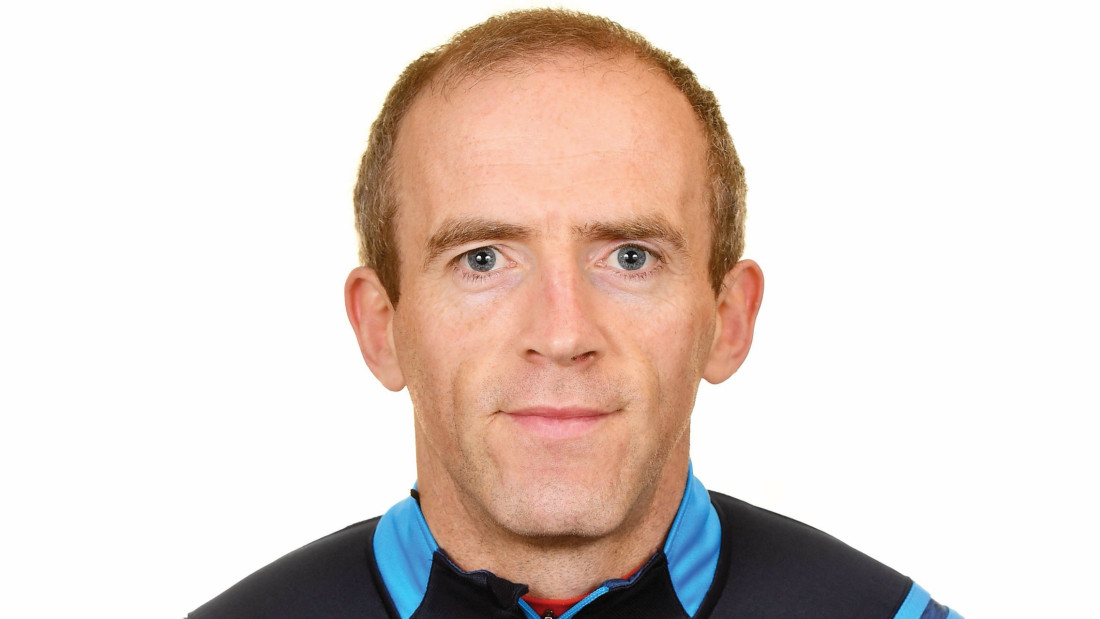COACHING and playing structures for underage GAA clubs is much improved from when I started with the playing of more games and blitzes and training from u-6 up. When I was seven or eight, if interested you started with u-12 training.
There’s been much improved competition and game structures, but still too many cases where the coaching or development of the young players can be better. The retention and fun part of underage is forgotten about.
Instead the u-10 blitz can be treated like an All-Ireland final by mentors and parents alike.
It would be interesting to know how many underage players actually stop playing because of elitism or poor experiences at a young age.
In some clubs with bigger numbers, there would seem to be a big drop off in numbers as players progress through to the later stage of youth and into adult level.
Previously I had a discussion with an underage mentor who was involved with a big panel of players. Rather than provide all players with game time in a particular code, the mentor suggested that all the strongest players play one code, and let the weaker players play the other code. The focus was incorrectly all about just winning.
Firstly a young boy or girl is not getting an opportunity to play the game he or she enjoys, and the management is forgetting that this player in time could still have the potential to be one of the better players.
This type of scenario can unfold even at nursery level also where all the stronger players are in one group, with the weaker players elsewhere.
Players that young are more than likely better because they have parents interested in GAA so they are playing football or hurling more often away from collective club sessions.
The perceived talented players are always kept together because they are easier to coach and plus it makes the coach look and feel good.
It is still not understood enough by adults that a young person’s growth and level of maturation can have a great effect at underage level on their ability to play Gaelic football or hurling.
The development with each player is an individual journey, which must be appreciated.
This can happen at academy squad level also where a physically smaller player struggles to make an impact.
Straight away it can be decided this player is not good enough. The criteria for selection can be misplaced with an over emphasis on physical qualities.
If the best environment possible is to be provided for our players then this starts first with education. Are the underage mentors getting guidance and governance on player development and creating the right environment for our young players? Retaining our young players should always be to the forefront.
How we deal with the young talented club players is important here also.
As the Talent Academy Review highlighted previously, only one per cent will make it to the top. In fact most players who start with an u-14 academy squad will not make it even to minor level.
Some of these players can lose motivation, confidence and can be lost from our games once they realise their intercounty dream is over. This can be the player who flourished at the younger ages due to physical advantages.
Player education is important here to firstly make sure those types of players still play Gaelic games, but also get the player to learn from the negative experiences and move forward. Conversations must take place, which sometimes do not happen.
The area of player and coach development will continue to evolve over the coming years. It will be interesting to see how things progress and certainly things will improve for the better. Like talent development, it can just take time.
l Paudie Kissane – 087 7600658 www.pkperformance.ie
Receive quality journalism wherever you are, on any device. Keep up to date from the comfort of your own home with a digital subscription.
Any time | Any place | Anywhere












